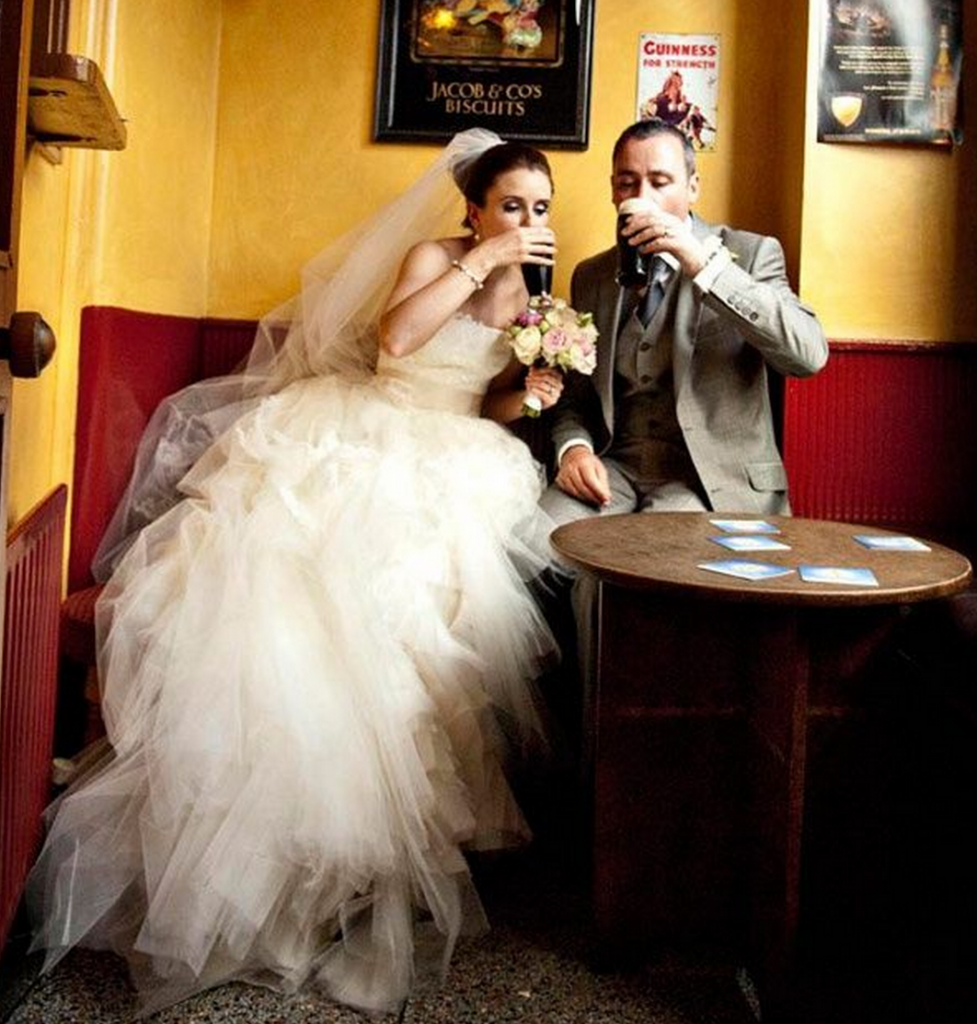
Are you thinking of having an Irish wedding? Not sure what you’re getting into if you do? We’re here to help with our Ultimate Guide to Irish Wedding Traditions. Whether you’re Irish or just want some Irish luck, there are a number of charming Irish wedding traditions you can consider to enrich your wedding day.
Irish Wedding Superstitions
There are a few fun Irish superstitions that you need to know about for your wedding. For example, if the sun shines on the bride, it brings good luck to the couple as does hearing a cuckoo on the morning of the wedding.
Picking a Wedding Date
In Ireland the last day of the old year is thought specially lucky for weddings, as is getting a sun filled day. Christmas & New Year’s Eve are lucky times to get married too which may surprise most.
Something Old, New, Borrowed, Blue
This tradition is fun and typically stresses most brides. Trying to find a piece of family jewelry for something old. Maybe finding a new pair of shoes (or the dress obviously) and then getting something borrowed. Most people don’t know that the “wearing something blue” portion of this tradition dates back to biblical times when the color blue was considered to represent purity and fidelity.
The Irish Love Throwing the Bouquet
The custom of the bride tossing the bouquet didn’t come from Ireland, but is a popular Irish wedding tradition. The idea is that the woman who catches the flowers is the next to marry.
And a silver sixpence in your shoe
Placing a silver sixpence in the bride’s left shoe is a symbol of wealth. This is not just to bring the bride financial wealth but also a wealth of happiness and joy throughout her married life.
Banns
Banns of marriage were required in areas under British rule, including Wales, Scotland and Ireland. The banns consisted of an announcement in church for three Sundays prior to the wedding. This prevented people from marrying in haste and also gave any who might object time to learn of the match. Giving three months notice to the registrar is still a legal requirement in Ireland.
Handfasting
In some places and times it seems to mean betrothal and in others genuine marriage. Many interpret it as a trial marriage or a step beyond betrothal but not nearly as permanent as marriage. It is often repeated that this handfasting for a year and a day would normally lead to regular permanent and valid marriage but if either parties chose to leave, the relationship was null. Handfasting, it is claimed is a holdover from pre-Christian Celtic marriage laws.

